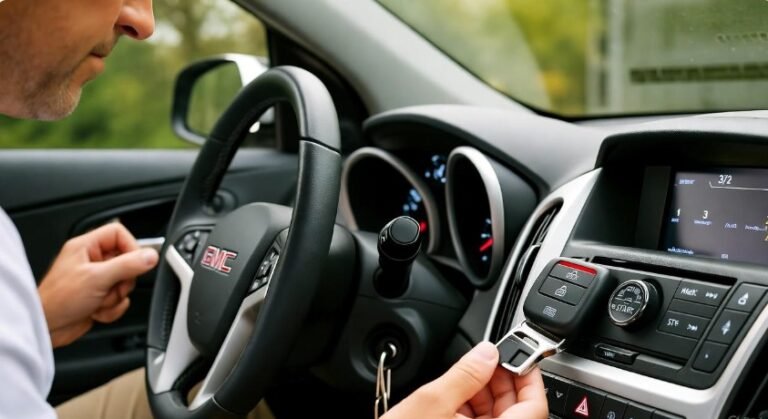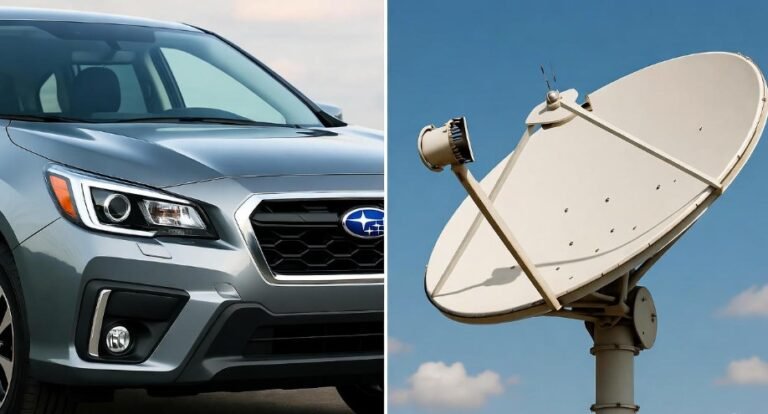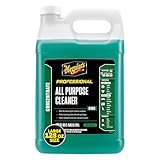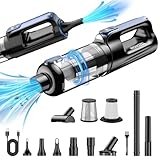Should I Buy a Car With Moderate Damage on Carfax: 5 Crucial Considerations
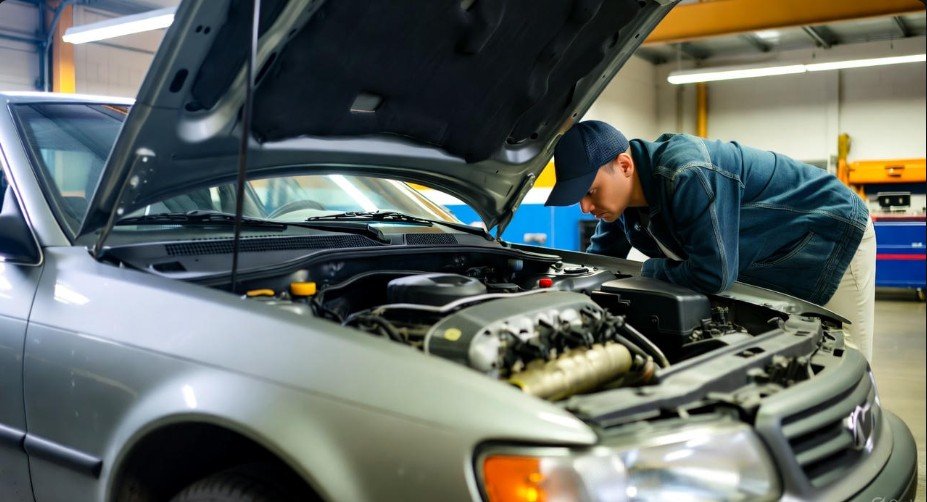
Buying a car is always a mix of excitement and anxiety. There’s the thrill of cruising down the road in a new ride, but there’s also the underlying worry: Am I making the right decision? This question becomes even trickier when the vehicle you’re eyeing has moderate damage on Carfax. You might find yourself staring at the report, wondering if the lower price is worth the hidden risks. Cars with moderate damage are often tempting—they appear affordable, and the damage doesn’t seem severe at first glance. But as anyone who’s been through a hidden repair nightmare knows, what looks minor today could turn into a wallet-draining headache tomorrow.
In this guide, we’ll explore five crucial considerations before you decide whether to buy a car with moderate damage on Carfax. By understanding the report, evaluating the damage, assessing repairs, considering resale potential, and consulting a professional, you can make a confident, informed choice. Think of it as having a roadmap that helps you navigate the tricky terrain of used car purchases.
Understanding the Carfax Report
The first step in this journey is understanding what the Carfax report really tells you. A Carfax report isn’t just a fancy sheet of numbers and checkmarks—it’s like a car’s diary. It records everything from accidents and repairs to service history and mileage.
When you see moderate damage reported, it doesn’t mean the car is doomed, but it does mean something noteworthy happened. Here’s what to focus on:
-
Type of damage: Did it involve the body, frame, or mechanical parts?
-
Severity: Was it a minor fender bender or something that required extensive repairs?
-
Timing: How long ago did the damage occur? Older, well-repaired damage is often less concerning than recent damage that hasn’t been tested over time.
By digging into these details, you can understand whether the car’s past issues are manageable or if they might cause future headaches. Think of it as reading between the lines of a diary—you need context to really grasp the story.
Evaluating the Extent of Damage
Once you understand the Carfax report, the next step is evaluating the actual damage. This is where many buyers get tripped up. A vehicle might show moderate damage, but that label alone doesn’t tell the whole story. You need to ask: what exactly was affected?
-
Body damage: Scratches, dents, and cosmetic imperfections are usually minor concerns, but large panels replaced after a collision can hide structural issues.
-
Frame damage: If the frame was bent or repaired, this can compromise safety and alignment.
-
Mechanical components: Damage to the engine, transmission, or suspension can lead to costly repairs down the line.
Here’s a quick example table showing typical repair ranges for different damage types:
| Type of Damage | Average Repair Cost | Potential Long-Term Issues |
|---|---|---|
| Minor cosmetic (scratches, dents) | $200–$800 | Usually minimal, may affect resale value |
| Body panel replacement | $800–$2,500 | Risk of misalignment, paint mismatch |
| Frame damage | $1,500–$5,000+ | Safety concerns, uneven wear on tires |
| Mechanical repairs | $500–$4,000 | Risk of recurring breakdowns |
By using a table like this, you can visualize the financial and practical implications of the damage. It also helps you weigh the cost-benefit ratio of the purchase, which is key when considering a car with moderate damage on Carfax.
Assessing the Quality of Repairs
Even if the damage seems moderate, the quality of repairs can make or break your purchase. Two cars with similar damage might have completely different outcomes depending on who fixed them and how well.
Here’s what to look for:
-
Professional repairs: Were the repairs done by a certified mechanic or authorized service center?
-
Paint and bodywork: Check for mismatched paint, uneven panels, or signs of rushing. These can indicate sloppy repairs.
-
Mechanical integrity: Ensure any replaced parts are of high quality and properly installed. Poor repairs on the engine, transmission, or suspension can lead to serious problems down the road.
Think of buying a car like buying a house. You wouldn’t purchase a home with a history of shoddy renovations without inspecting it first. Similarly, a car with moderate damage requires careful scrutiny to ensure the repairs hold up over time.
Considering the Value and Resale Potential
When contemplating a car with moderate damage on Carfax, it’s easy to be lured by a lower price tag. However, it’s crucial to take a step back and analyze the long-term value. Buying a car isn’t just about what you pay today—it’s about what that car will be worth tomorrow, next year, and when you decide to sell it.
Start by comparing the market value of similar vehicles without damage. This gives you a baseline for what a fair price should be. Then, subtract the estimated repair costs and factor in the depreciation due to the car’s history. Even high-quality repairs can’t fully erase a Carfax report’s “moderate damage” mark. Potential buyers in the future may view this as a red flag, affecting resale potential.
Other important aspects to consider:
-
Age and mileage: Older cars with higher mileage depreciate faster, so damage can accelerate that drop.
-
Insurance implications: Some insurance companies might charge higher premiums for cars with previous damage.
-
Market perception: Cars with a clean Carfax often sell faster and for a better price.
By evaluating these factors, you can determine whether the discounted price is truly a bargain or a hidden financial trap. Think of it as buying a collectible: the history matters just as much as the condition.
Consulting a Professional
Even after thorough research and personal inspection, consulting a professional is one of the most critical steps. A trusted mechanic or body shop specialist can uncover hidden issues that aren’t visible at first glance. Their expert eyes can spot subtle signs of poor repairs, structural compromise, or lingering mechanical problems.
Before finalizing your decision:
-
Have the car inspected thoroughly by a certified mechanic.
-
Request a detailed repair assessment, including parts replaced and work quality.
-
Ask for advice on potential future repairs based on the car’s damage history.
This professional insight acts like an insurance policy for your peace of mind. It helps ensure that you’re not walking into a financial or safety nightmare masked by a tempting price.
Frequently Asked Questions About Buying a Car With Moderate Damage on Carfax
1. How bad is moderate damage on Carfax?
Moderate damage indicates noticeable but non-severe issues, often including minor accidents or repairs. While it’s not catastrophic, it should be carefully assessed to avoid future problems.
2. Is it safe to buy a car with structural damage?
No. Structural damage compromises the car’s integrity, safety, and alignment. It’s best to avoid vehicles with reported structural issues, as they pose long-term risks.
3. Can moderate damage affect insurance premiums?
Yes. Some insurance companies consider past damage when calculating premiums, potentially increasing your costs.
4. Does minor damage on Carfax impact resale value?
Even minor damage can affect resale, as future buyers often prefer vehicles with a clean history, making your car harder to sell at full market value.
5. How can I verify repair quality?
A professional mechanic or body shop inspection is the best way. Check for paint consistency, panel alignment, and quality of replaced parts.
6. Are all moderate damages equally risky?
No. Damage affecting cosmetic parts is usually low risk, while issues with the frame or mechanical systems carry higher potential costs.
7. Can I negotiate the price for a car with moderate damage?
Absolutely. The car’s history gives you leverage to negotiate a lower price, reflecting repair costs and potential depreciation.
8. What should I avoid when buying a car with moderate damage?
Avoid vehicles with unresolved mechanical or structural issues, poorly documented repairs, or unclear Carfax reports.
Conclusion
So, should you buy a car with moderate damage on Carfax? The answer isn’t a simple yes or no—it depends on careful evaluation and informed decision-making. While the lower price may be tempting, it’s essential to weigh the potential long-term costs, safety concerns, and impact on resale value.
Take these steps before making a decision:
-
Thoroughly analyze the Carfax report.
-
Assess the extent of damage and identify affected areas.
-
Inspect repair quality to ensure long-term reliability.
-
Evaluate value and resale potential to see if the price makes sense.
-
Consult a professional mechanic for expert insight.
Buying a car is one of the biggest financial decisions many of us make. By approaching a car with moderate damage carefully, you can avoid regret and make a choice that balances both your budget and peace of mind. With due diligence, patience, and the right guidance, you might still find a car that drives well, looks good, and fits your life perfectly—without the hidden surprises that often come with unchecked damage.

